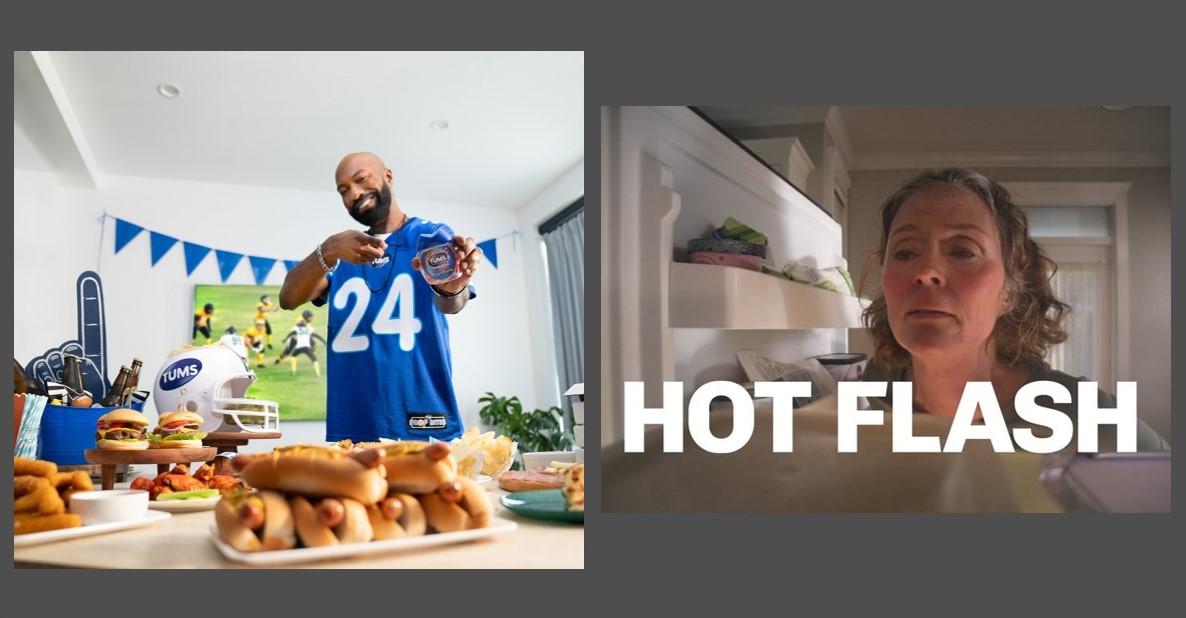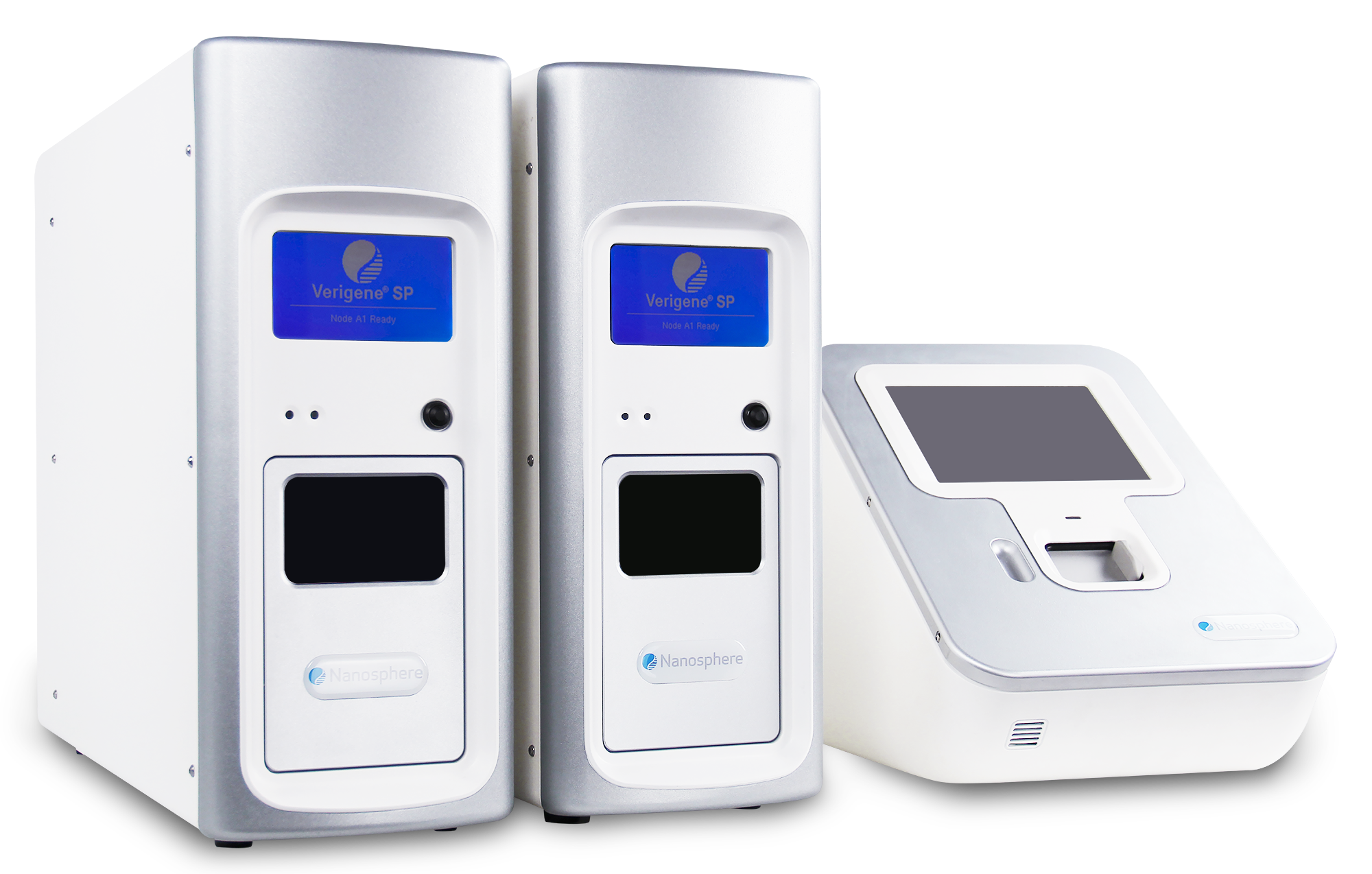November is National Diabetes Month, but despite the efforts of pharma marketers, many patients with the chronic disease just aren’t identifying with the characters portrayed in ads for insulins and other drugs. This is one of the main findings from a recent study conducted by market research firm YouGov.
While an estimated 30 million individuals in the US have been diagnosed with diabetes, the YouGov research found that just 47 percent of diabetics over the age of 50 feel that their lifestyle is shown enough in advertising. The study compared diabetic and non-diabetic Americans aged 50 and older on their perceptions of ads and found that slightly more individuals without diabetes (53 percent) were satisfied with the level of representation of their lifestyle in advertisements.
In addition, 78 percent of respondents with diabetes said they like to see “real-looking people” in advertisements, compared to 75 percent of older adults without the chronic disease. A smaller proportion of survey participants – 39 percent of diabetics and 33 percent of healthy individuals – reported that they’d like to see portrayals of their own families featured in advertisements.
In all, over 16,000 individuals took part in YouGov’s research survey, with about 3,000 of them being individuals with diabetes. While the global public opinion and data company didn’t say whether the differences in opinions between diabetics and non-diabetics were statistically relevant, the large number of individuals included in the research suggests the findings could be significant. Still, the argument could be made that both diabetic and non-diabetic older adults alike share similar feelings on how well they’re currently being represented in ads.
This presents an obvious problem for pharma marketers who spend billions each year with the aim of targeting this demographic and influencing their purchasing decisions. What’s more, this type of advertising – when done right – does have an effect on how this demographic spends its money, with 45 percent of diabetic consumers and 43 percent of non-diabetic consumers reporting that advertising helps them choose what they buy.
Pharma companies that can accurately represent the lifestyles of diabetic patients belonging to the Generation X and Baby Boomer demographic cohorts may have an advantage over their competitors. With the global diabetes market size hitting over $561 billion in 2017, pharma marketers can’t afford to risk alienating their target demographic in this competitive space.
But clearly, they have a long way to go in light of the fact that the YouGov survey found that 36 percent of those with diabetes think that ads are “a waste of time,” compared to 40 percent of non-diabetic consumers who shared the same sentiment.
Considering that diabetic patients don’t feel that they’re currently well-represented in ads, one solution could be to include the real individuals themselves in promotional materials. Danish pharmaceutical company Novo Nordisk is one drugmaker that recently tested this style of advertising by featuring a real person with type 2 diabetes in a commercial for their insulin injector, the NovoLog FlexPen.












Join or login to leave a comment
JOIN LOGIN